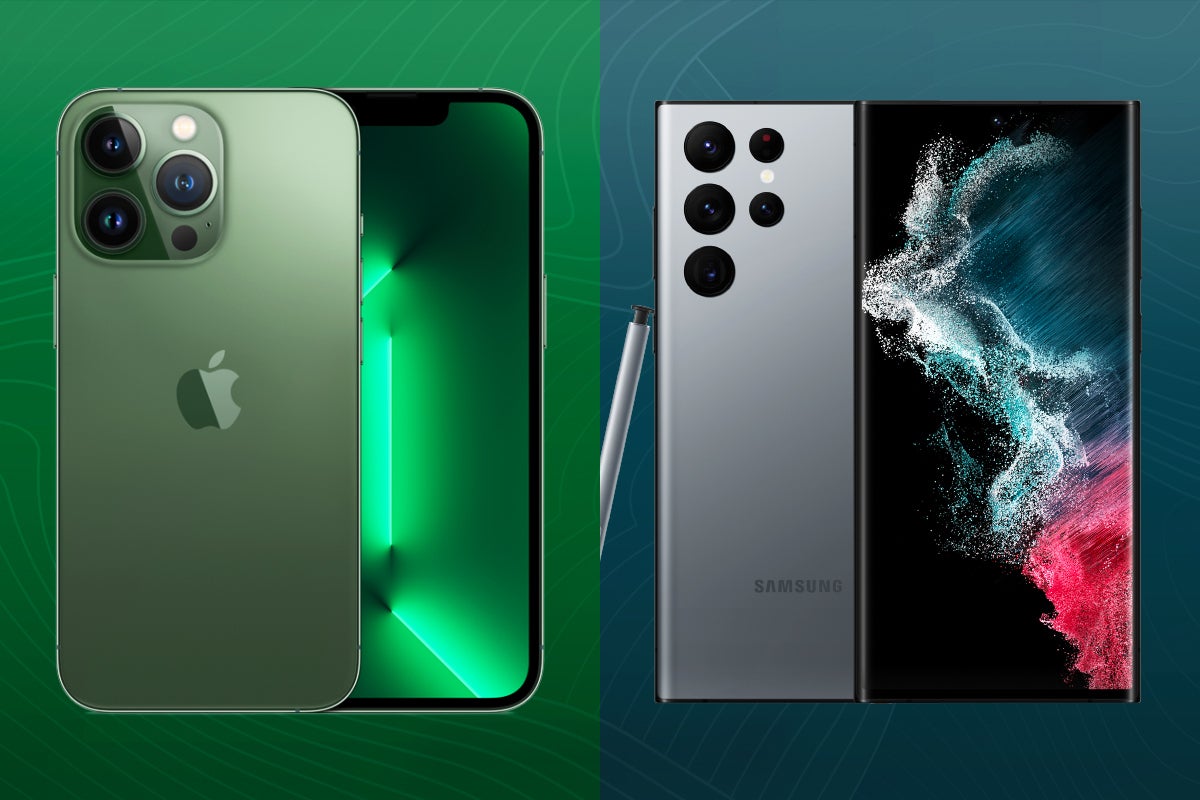Forget the eSIM – Qualcomm shows off world’s first iSIM

Qualcomm, together with Vodafone and Thales, have show off a new Integrated SIM (iSIM) that provides an intriguing alternative to the faltering eSIM concept.
The iSIM concept involves integrating the SIM element into a device’s processor, thus saving space that can be given over to larger batteries, more memory, and other components.
The aforementioned companies demonstrated a proof of concept in the form of a fully operational smartphone based on the Samsung Galaxy Z Flip 3 and a modified Snapdragon 888 SoC. It took place in Samsung’s European R&D labs, and operated on Vodafone’s network.
We’ve been told for years that the classic SIM card is on its last legs, and that the future is an electronic SIM (eSIM) that does away with the need for a physical chip altogether. However, while there are a number of eSIM products on the market, new phones still invariably launch with a physical microSIM slot.
The trouble with the eSIM concept is that it still requires a separate chip to be slotted into the host phone. The iSIM, by contrasts, works by integrating the SIM element directly into a phone’s processor. According to a Qualcomm press release, this enables “greater system integration, higher performance, and increased memory capacity”.
As Qualcomm notes, this concept would also have positive ramifications for devices that are smaller than smartphones, opening the way for mobile connectivity in wearables and Internet of Things (IoT) devices.
This iSIM concept would also have the advantage of being able to make use of existing eSIM infrastructure, as the unique user ID would still be virtual rather than a physical piece of plastic you have to transfer form phone to phone.





